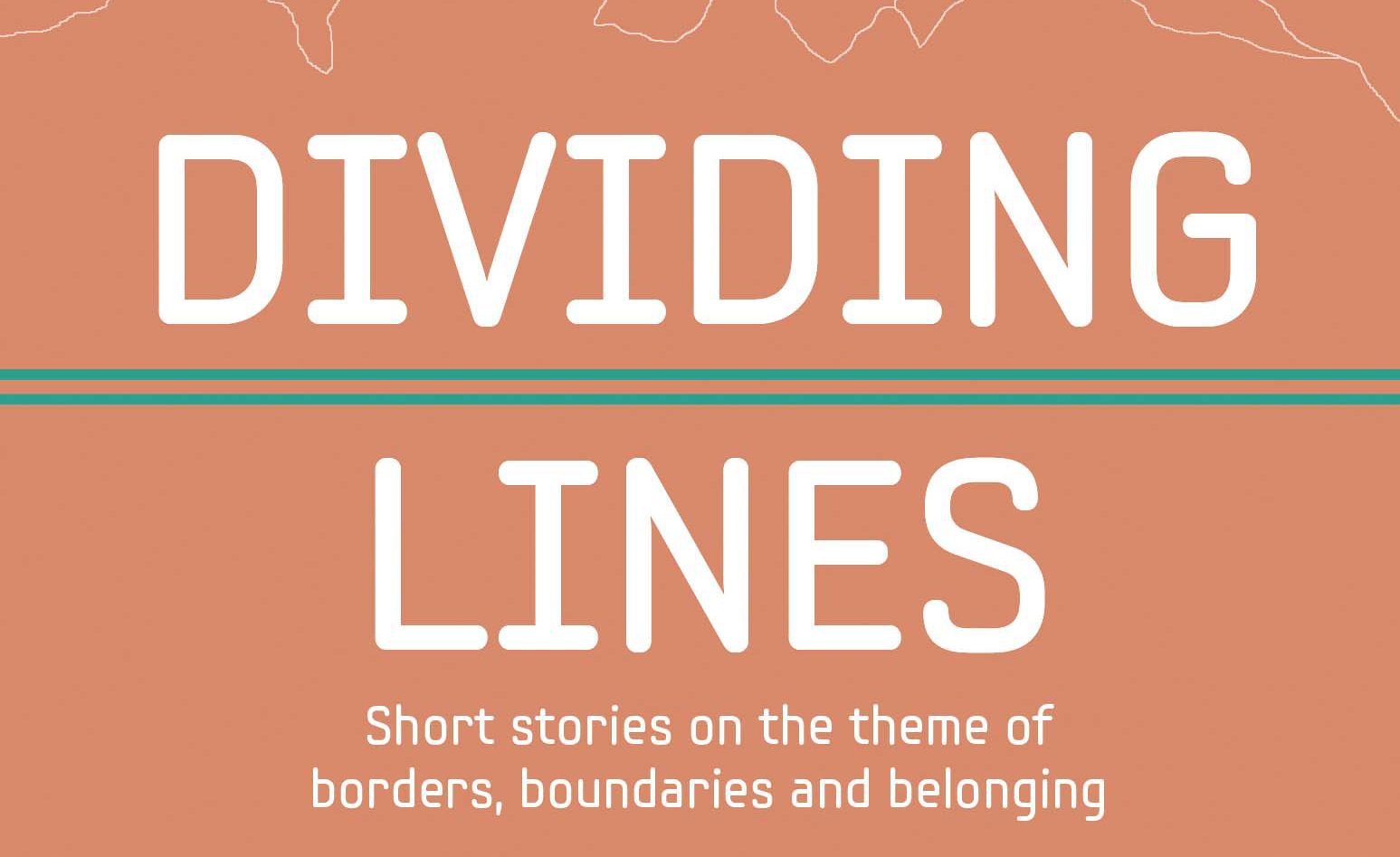by James Wilkinson
Sleeping on Jupiter by Anuradha Roy, is a beautiful yet heavy piece of literature and one that should not be taken as a tool for escapism. Though the description of the landscape is lush, be warned: underneath this façade of beauty is a temple town riddled with an erring history, host to a plethora of troubled characters undergoing various difficulties.
Roy’s novel follows the story of Nomi, a woman who was raised near the temple town of Jarmuli, returning to the fabled town to settle the demons of her past. To begin with, we see how her childhood is tarnished by war, violence, and sexual abuse, which slowly begins to reveal itself as the novel progresses through the present.
The punchy opening sequence sets up a duplicitous tone of beauty and barbarism, with a fast pace that leaves you pleading for more time to bathe in the lavish description. Though Nomi is the main protagonist, we also have the story of three elderly ladies from Calcutta escaping the city and going on their first, and potentially last, holiday together. As the narrative progresses we begin to understand how the corruption of the past is still embedded within the town, and demonstrates how the progression of time does not necessarily heal all wounds.
Perhaps one of the most central themes of Roy’s novel is the crisis of Self. This crisis is underscored in most characters by an overwhelming, stifling sense of the past. For Nomi, she attempts to reconcile her abusive past by returning to Jarmuli from Norway to film a documentary about the town. Something that struck me about these sections is that they occupy a dreamy, eerie nature that makes seeing the sites of abuse in the present narrative all the more disturbing, as though their existence confirms our worst fears.
For the elderly women, their crisis of Self stems from their voracious yearning to catch up with the past; throughout the narrative we hear of the women’s children living abroad, accentuating their sense of stagnation, coupled with one of the women’s loss of memory, exemplifying their inability to control the narrative of their pasts. What I liked in a philosophical sort of sense was that that the novel demonstrates how age never simplifies one’s problems; the novel’s many characters, all of various ages, struggle with internal issues of Self-hood. The novel shows that time can not only heal, but also complicate.
My one real criticism of Roy’s novel is how open-ended it is. There is a deliberate ambivalence placed on the novel’s denouement, and though this is not necessarily a fundamental flaw it is something that bothered me. However, this open-ended-ness certainly complies with the novel’s conscious effort to jar readers with its harrowing tale. It’s just that I would have liked more detail on Nomi’s fate considering the novel expends a lot of time telling her personal story.
Overall, Roy’s prose speaks with a brutal honesty that commands attention. Though it is indeed morose in its contemplation of our handling of the past, there is also a sense that the past only defines us if we let it; that humans need not always succumb to the overbearing power of history.
James Wilkinson is currently a student at the University of Leicester, studying his fourth and final year of English and American Studies. Last year, he studied in the United States near Chicago in Illinois. His interests in literature include: LGBTQ+ writing, gender studies, postcolonial writing, and 20th century American Literature. His favourite book is To Kill a Mockingbird by Harper Lee. After completing his studies, he hopes to either join the publishing industry, or pursue a career in the archiving/librarian field.


